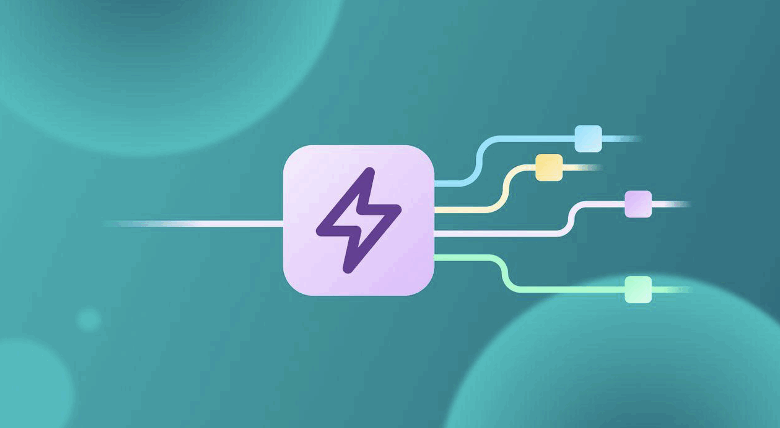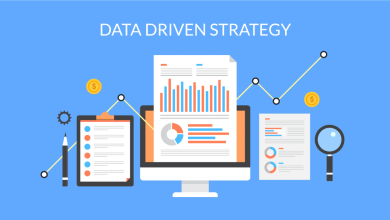
The rise of AI-generated code and increasingly sophisticated AI agents will shake up how businesses build and deploy software, presenting an opportunity for enterprises and startups to take advantage of significantly faster code generation. However, leveraging AI across the software development lifecycle (SDLC) has its hurdles and all efficiency gains are lost if your tools, processes and infrastructure aren’t built to scale with it.
For IT and engineering leaders, the challenge lies in maximising efficiency while managing the risks and bottlenecks AI can bring with it. A robust CI/CD foundation enables development teams to harness the rapid code generation capabilities of AI tools while ensuring quality checks are made, security measures are taken and compliance requirements are met.
A work in progress
Despite the overwhelming hype surrounding AI, its real-world adoption within software development is still in its early stages. A recent survey of DevOps professionals outlined that just 33% of companies are using AI in their software-building processes. So why such a wide chasm between excitement and real-world adoption?
AI significantly boosts development speed, but significantly increases the volume of code, which increases the demand for testing, quality assurance (QA) monitoring, and infrastructure investment. Without a scalable DevOps pipeline that can handle the increased demand, AI may not bring much benefit. In fact, it can even slow down development teams, creating distractions that make it harder to focus on what truly matters: delivering quality software at the right pace.
Faster code generation can lead to longer wait times
One of AI’s most alluring promises is to significantly reduce engineers’ time generating code. But all this fast code still requires robust, repetitive testing cycles. Without a scalable DevOps platform that automates the QA process, releasing will still become bottlenecked with tedious, manual testing, basically undoing any efficiency gains made from faster code generation. A consistent, scalable and automated QA process ensures the feedback loop is kept short and maintains the increased velocity that AI promises, without sacrificing the user experience.
As AI generates and modifies code rapidly, errors and vulnerabilities inevitably emerge, as they always have, but at a faster rate. Using automated CI/CD pipelines, can help massively increase the chance of catching errors fast and early. The importance of not spending time debugging the same mistake twice has never been more important. Moving code from generation to production is only fast if all cogs in the DevOps machine can keep up with the increased throughput.
Framework for Agentic Software Development
Likewise, AI agents are quickly making a name for themselves as the next face of software development, encompassing feature design, iterative code writing, problem solving, testing and deployment in an agent available 24/7.
While these agents show great potential, they are still in the early stages of maturity. The quality, reliability of the agent’s output has increased over time and will keep increasing.
CI/CD pipelines are central to dealing with the rapid influx of iterations agents will generate. To successfully integrate agents into the Software Development Life Cycle (SDLC), the CI/CD foundation must be able to handle the rapid increase in iterations and additional features brought by agentic AI.
Improving CI process can be a competitive advantage
Faster builds directly lead to quicker testing and feedback, vital for AI-driven development. Leveraging CI/CD platforms can significantly lower build times, meaning that AI-generated code is tested and iterated at pace with development. By leveraging build tools with smart caching technologies like Gradle or Bazel, builds can speed up from 30 minutes to just 1 – 2 minutes. This change inflates hourly-tested iterations from 2 to 30-60 per hour, which provides a 30x faster feedback loop.
Scaling a CI/CD system also requires raising the compute power to handle parallel builds. The more builds that infrastructure can process at once, the faster the feedback loop becomes, which is particularly crucial when AI is churning out code at a rapid pace. Without the requisite parallel processing power, bottlenecks can severely impact the development team’s productivity and impact.
AI’s rapid output is only valuable if it’s met with equally fast, rigorous testing. A strong CI/CD platform ensures speed doesn’t come at the cost of quality, enabling teams to ship quickly without compromising performance or reliability. To stay competitive, companies must shorten feedback loops and scale parallel testing to keep pace with accelerated development cycles.
The changing dynamic
AI-driven software development will disrupt every industry in ways we’ve only begun to imagine. However, AI’s potential can only be properly harnessed if supported by a reliable and scalable CI/CD foundation.
Development teams need infrastructure that is capable of meeting the demands of AI-driven growth. To take full advantage of efficiency gains, leaders need to invest in creating a CI/CD pipeline that can process increased volumes of code, automate parallel QA cycles, and deploy releases with confidence. For engineering and IT leaders, the challenge boils down to building a strong, scalable CI/CD foundation.




